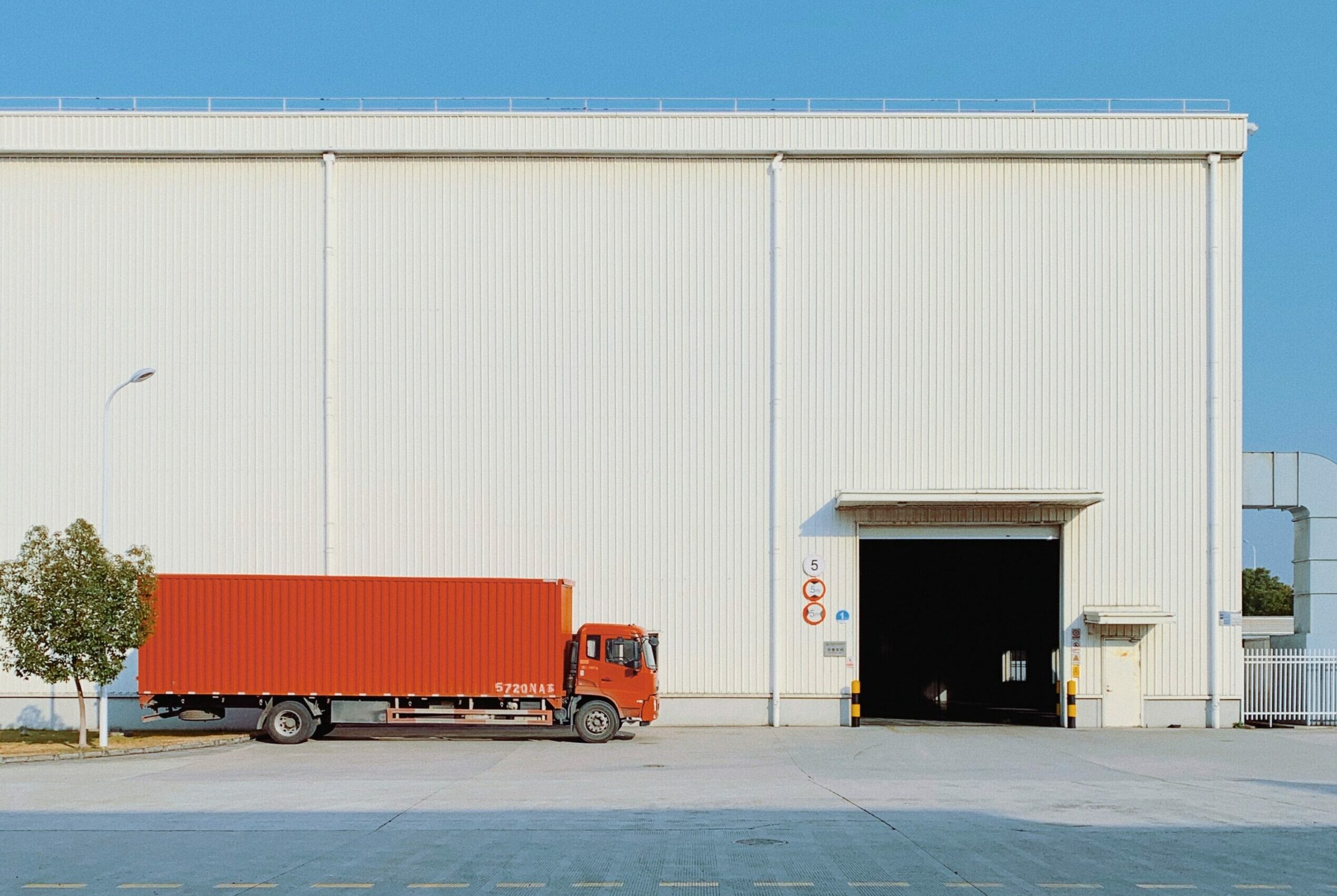The transport and logistics industry has been facing unexpected Supply chain disruption and a skills shortage for years as the average age for a truck driver gets older. This impact was somewhat being offset by migration, however, this all changed during COVID.
Migration stopped, freight demand exploded and staff with COVID cases across logistics went through the roof. To add fuel to the fire many remaining staff opted to take jobs where they could work from home and haven’t returned. All in all this left the industry with a low unemployment rate.
This resulted in a domino effect of declining performance and impacted SME’s bottom line as stock was taking longer to get packed and sometimes less accurately, by less experienced staff. There were also less forklift operators to load trucks, meaning trucks wait longer and freight missing connecting linehaul to other cities.
With lingering impacts of covid and staff shortages still impacting the freight industry, small businesses need to learn from the past and brace for potential disruption of their supply during the busy seasons.
Holding more stock
Inventory management is key at any time of the year but it’s most especially important during peak seasons. It’s essential when providing a seamless customer experience and preparing for cost-effective storage space.
With more Australians shopping online, we’ll continue to see an increase in higher inventory levels and significant supply chain costs that could make or break an e-commerce brand’s bottom line.
Customers will also demand and expect a seamless experience especially during peak times. By having a well-planned inventory management practice, you’re giving yourself an edge against your competitors.
Ideally, SMEs should forecast to have just enough products to meet the uptick in sales but not find themselves with excess on their shelves when the season closes.
Have a variety of carrier options available
The benefit of using multiple freight carriers for your business rather than using a single carrier is knowing you’re getting the best price. The cost and charges applied by carriers can vary based on what you are sending. By using multiple carriers, you can get the best price based on the type of goods you are shipping at any given time. This can then save your business money, which means that you can more easily control budgets.
Another of the key benefits of using multiple carriers for your business is that you can find the right carrier based on the type of goods you are sending. Different freight carriers specialise in different types of goods, and you will often find that it is cheaper and easier to send certain goods with one carrier compared to another.
Sometimes, no matter how reliable your main freight carrier may seem, things can go awry. If you have problems with your freight carrier for any reason, it can end up having a huge negative impact on your business and your customers, which is the last thing you want. By having multiple freight carriers, you will have a vital backup in place just in case there are any issues with the main freight carrier you generally use. This means greater peace of mind for you, and the ability to continue with the smooth running of your business.
You may also find that certain freight carriers only cover certain areas and locations, and this could mean limitations on the service you are able to provide to customers. If you want to grow and expand your business, using multiple freight carriers can help you to do this because it means that you can effectively deliver to more areas.
Give your customers more choice on their deliveries
Customers will always expect instant gratification. Meaning they will want their items quickly and easily no matter their location. But, that poses a challenge for SMEs because it’s not always possible to meet those demands.
By offering different delivery options it empowers the customer to feel in control. It gives them choice and makes your SME more attractive while also offering the best delivery experience for them. As a business, you’re better equipped to manage expectations and optimise shipping costs.
Through these small changes SMEs can better set themselves up for success during peak seasons and be better prepared for Supply chain disruption.
Written by Matt Marshall, director at Freight People
